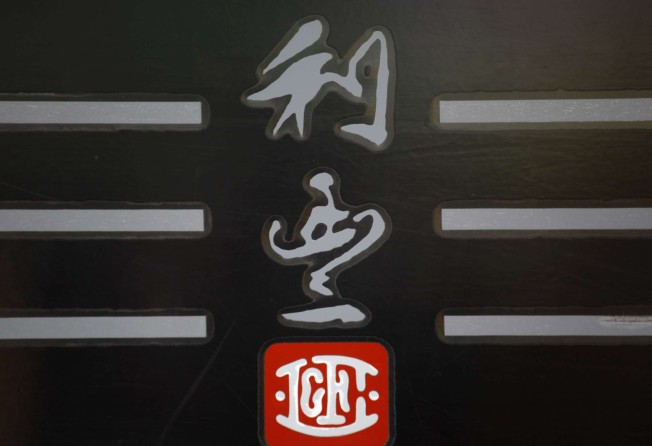
Li & Fung misses estimates with 47pc decline in 2016 profit
Revenue and profit fell for the third year, as e-commerce puts producers directly in touch with customers, cutting out the middleman

Li & Fung, the trading company that epitomises Hong Kong’s role as the bridge from China’s factories to the world, missed estimates and reported its third year of declining profit, as the rise of e-commerce challenges its brick-and-mortar business model.
It has set a new three-year target to increase revenue by a “low double digit" percentage between 2016 and 2019, after failing to reach its profit goals for 2014 to 2016.
The company is also aiming to achieve a “low double digit” annual compound average percentage growth on core operating profit in the three years to 2019.
It also aims to increase its core operating profit margin to 3 per cent by 2019 from 2.5 per cent last year.
Net profit fell 47 per cent to US$223 million last year, missing the US$272.7 million average estimate of 10 analysts polled by Thomson Reuters.
Sales slid 11 per cent to US$16.8 billion, the third year of decline, hurt by “customers’ conservative
buying programmes”, the sale of a business, and rising popularity of e-commerce that enabled many producers and exporters to go direct to their customers, cutting out the role of the middleman.
Excluding non-cash acquisition related items, adjusted net profit fell 24.4 per cent to US$261 million.
“This has been one of the toughest trading environments Li & Fung has ever seen,” chief executive Spencer Fung said in a statement. “Macroeconomic conditions weakened, the retail environment worsened, input prices deflated two years in a row, and retailers continued to destock.”
Even so, chairman William Fung Kwok-lun, uncle of Spencer Fung, said the company’s 15,000-plus global network of vendors and “breadth and depth of experience in global supply chain management” will play to its advantage in the long run.
This is despite the firm’s expectation that the bricks-and-motor retail environment will continue to be difficult, with a continuation of last year’s trend of “unprecedented number of bankruptcies and store closures”.

By adopting technologies to produce “virtual” product samples and make use of the vast amount of supply chain data it has access to, the firm aims to cut the retail industry’s average supply chain cycle to 21 weeks from 40 weeks currently, including design, factory selection, production and delivery.
Shares of company dipped 0.5 per cent to HK$3.74 before the earnings were announced. The stock has declined 15.6 per cent in a year.
The company, co-founded more than a century ago in Guangzhou by Spencer Fung’s great-grandfather, has also been hurt by the strength of the US currency, which eroded the value of receipts from non-dollar markets in dollar terms.
Core operating profit, which excludes interest expense, non-operating and non-recurring items, fell 19.6 per cent to US$412 million last year, while the margin on this narrowed to 2.5 per cent, from 2.7 per cent in 2015.
The company, a go-between for major retailers such as Wal-Mart Stores and Macy’s, said core operating profit from merchandise sourcing and trading declined 23.6 per cent to US$351.3 million. That’s less than half of the US$871 million target set in 2014 for its three-year business plan.
It’s making more money from logistics, with earnings from the service rising 15.6 per cent to US$60.7 million during the period.
Still, it is short of its target for last year’s profit to surpass US$71.6 million.
The company has proposed paying a final dividend of HK$0.12, bringing the full-year payout to HK$0.23, less than the HK$0.28 in 2015.
It will tie its future dividend payouts to net profit attributable to shareholders instead of core operating profit as in the past, since the firm is not expected to book significant acquisition-related accounting gains or losses that detract from its underlying profits.
“Our policy to maintain a high dividend payout has not changed, it has been so since our shares’ listing in 1992,” Spencer Fung said.
This story was corrected to show the company’s proposed final dividend as HK$0.12 per share, not HK$0.11